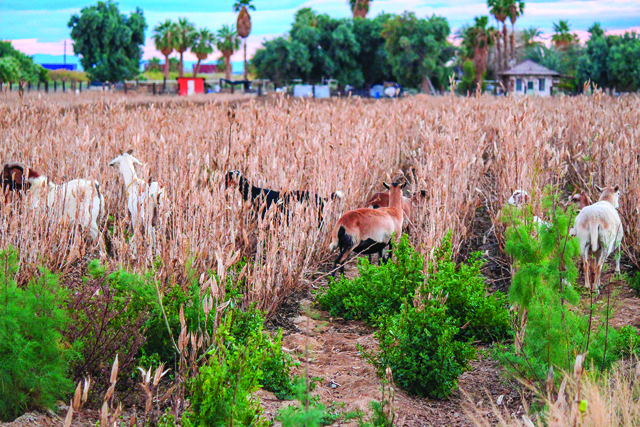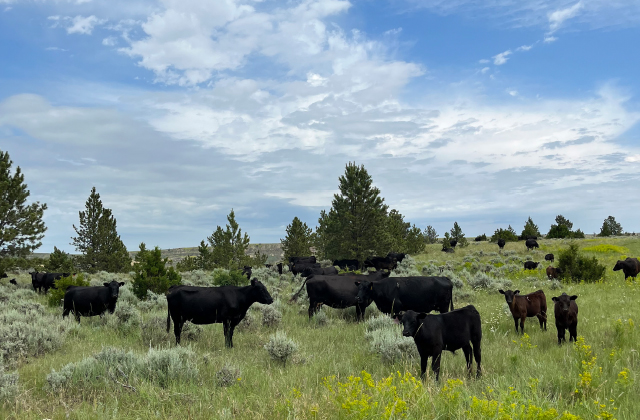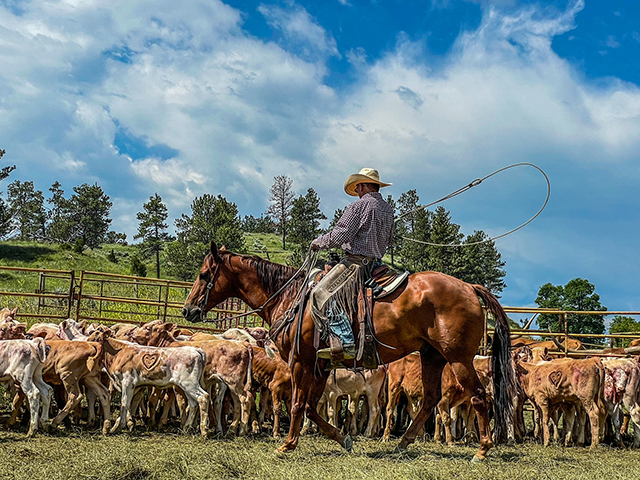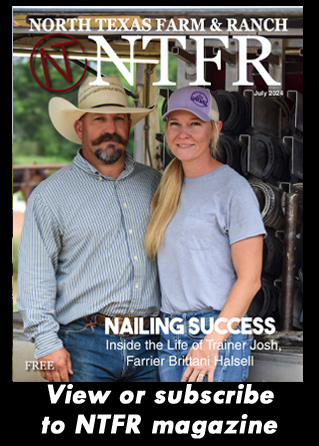Farm & Ranch
Toxoplasmosis in Goats

By Barry Whitworth, DVM
Abortions in small ruminants is caused by a variety of microorganisms. One microorganism that is found throughout the world and can cause reproductive issues in small ruminants is Toxoplasma gondii. T. gondii is one of the most common parasites of small ruminants. In addition to small ruminants, this parasite infects many other animals and humans. Cats play a central role in maintaining and transmitting the parasite. Although sheep get toxoplasmosis, the disease is much more severe in goats.
Cats are the definitive host of T. gondii. Cats become infected with the microorganism when they ingest rodents, uncooked meat scraps or aborted infected fetuses and/or placentas from sheep and goats. Usually, cats do not show any clinical symptoms of the disease. The parasite replicates in cats and is passed in their feces. Feed, hay, grass, and water contaminated with cat feces is the source of infection for small ruminants. Once the organism is ingested by a goat, it enters the blood and spreads to other tissues. If the animal is pregnant, the parasite will invade the placenta and spread to the fetus which may result in death of the fetus, abortions, stillbirths, or birth of weak kids. Infected goats may give birth to normal kids as well.
To read more pick up a copy of the January 2022 NTFR issue. To subscribe call 940-872-5922.
Farm & Ranch
Ag Elsewhere: Wyoming

By Tressa Lawrence
Ranchers across northeast Wyoming and the surrounding areas saw record moisture levels in 2023. The year 2024 has seen significantly less moisture to date.
Farm & Ranch
Ag Elsewhere: Montana

By Lindsey Monk
People are finishing up brandings. Here, Danny Walter is shown getting it done.
Farm & Ranch
Animal Disease Traceability

By Barry Whitworth, DVM
On July 6, 2020, the United States Department of Agriculture Animal and Plant Health Inspection Service (APHIS) posted in the Federal Register a proposal that radio frequency identification tags be used as official identification for cattle and bison. Following a period for public comment, the USDA APHIS released a statement on April 24, 2024, with the amended animal disease traceability (ADT) regulation for cattle and bison. The full press release may be found at https://www.aphis.usda.gov/news/agency-announcements/aphis-bolsters-animal-disease-traceability-united-states. Under the new rule, cattle and bison will need to be identified with tags that are both visual and electronic.
The USDA defines ADT as knowing where diseased and at-risk animals are, where they have been, and when the animal disease event took place. A system that allows for efficient traceability of livestock in the United States is essential for animal health and reducing the economic effect of a foreign animal disease outbreak and other diseases on livestock producers as well as others whose well-being depends on livestock production.
To read more, pick up a copy of the July issue of NTFR magazine. To subscribe by mail, call 940-872-5922.
-

 Country Lifestyles1 year ago
Country Lifestyles1 year agoScott & Stacey Schumacher: A Growth Mindset
-

 Country Lifestyles7 years ago
Country Lifestyles7 years agoStyle Your Profile – What your style cowboy hat says about you and new trends in 2017
-

 Equine10 months ago
Equine10 months agoThe Will to Win
-

 HOME7 years ago
HOME7 years agoGrazing North Texas – Wilman Lovegrass
-

 Country Lifestyles4 years ago
Country Lifestyles4 years agoAmber Crawford, Breakaway Roper
-

 Outdoor9 years ago
Outdoor9 years agoButtercup or Primrose?
-

 Country Lifestyles8 years ago
Country Lifestyles8 years agoDecember 2016 Profile, Rusty Riddle – The Riddle Way
-

 Country Lifestyles8 years ago
Country Lifestyles8 years agoJune 2016 Profile – The man behind the mic: Bob Tallman






